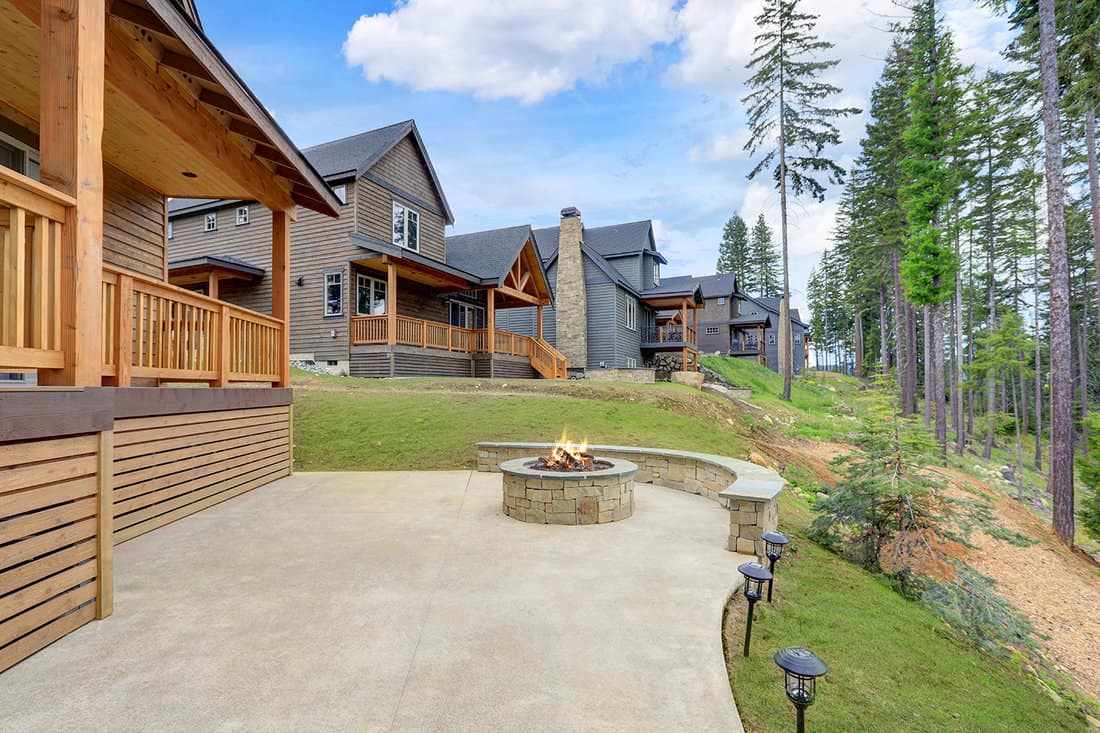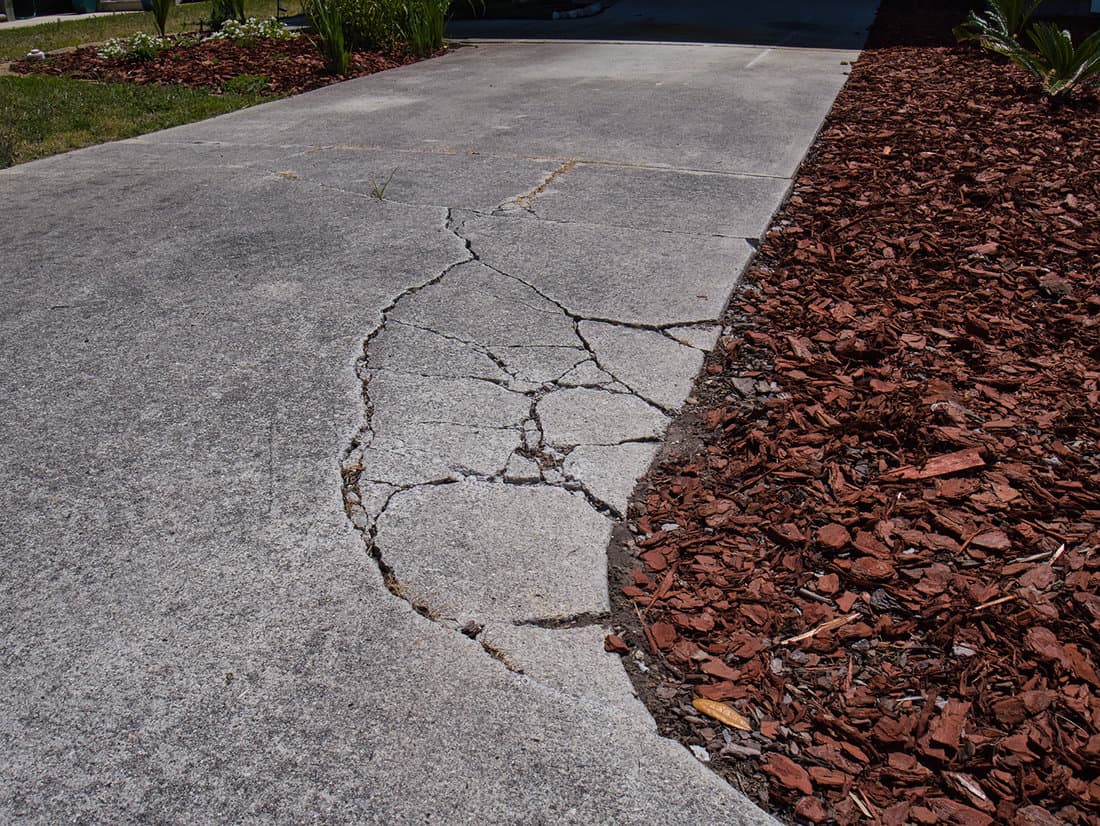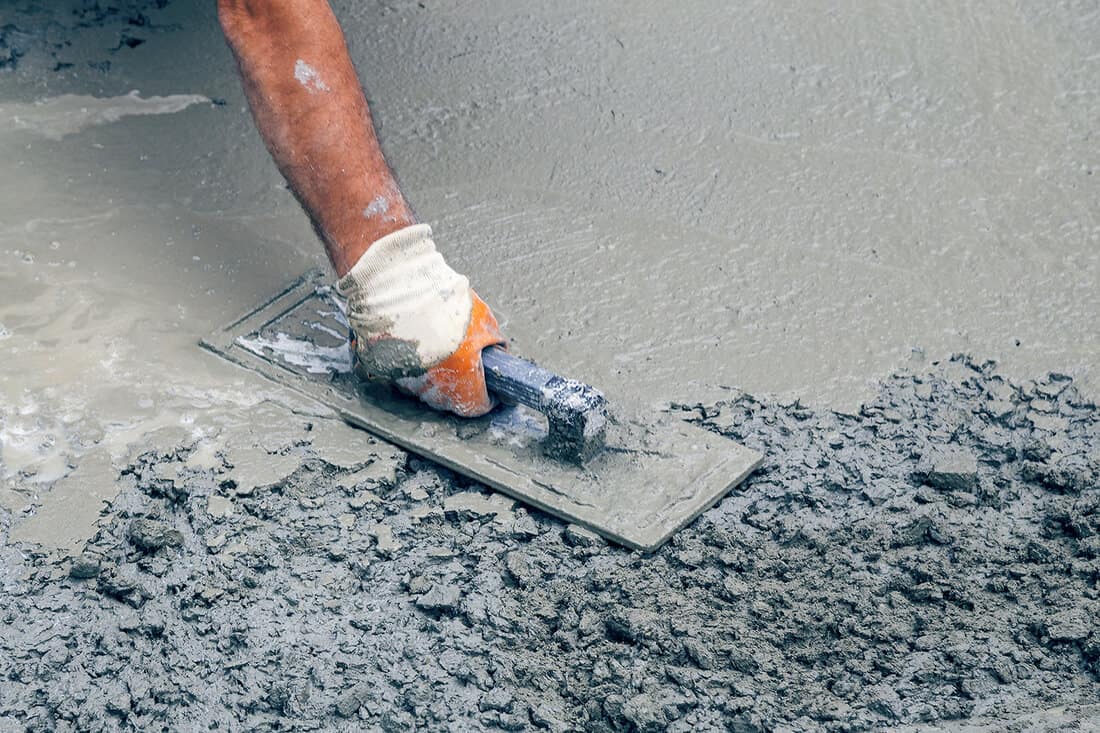A simple mistake in pouring the concrete can cause inconveniences in many ways. Do you ever have sloping concrete in your patio and wonder how to fix them? Wonder no more! We already did the leg work to give you the steps you can do to fix this issue.
Follow these simple steps in fixing a concrete patio slope:
- Protect Yourself
- Prepare The Area
- Put On Proper Adhesion
- Mark Boundaries
- Prepare The Sand-Mix Concrete
- Pour The Concrete Mix
- Level The Concrete
- Cure The Leveling Compound
The steps may seem very easy, but there are proper preparations and processes behind them. Continue reading as we discuss the steps in greater detail. In this post, we will also answer some frequently asked questions. Let's get into it!
How To Fix A Concrete Patio Slope

Home patios do not only increase home value, but they are also great in providing a place to unwind and relax. They serve as an extension of the living area or even the kitchen.
So, a beautiful and well-built patio is essential. If you have an uneven patio, you can follow these simple steps to fix them yourself:
1. Protect Yourself
The first thing you always need to do when fixing things is to protect yourself. Wear safety gear and always be cautious. Gloves, facemasks, and eyewear are your most important gear during this process.
2. Prepare The Area
Determine the area that needs fixing. Prepare it by washing the surface of the concrete. You can use a pressure washer to help you clean the site faster and easier.
In this step, you also need to use a floor grinder to texture the concrete floor and make it easier for the adhesive to bond. During this process, you must wear your safety gear, especially eyewear.
Start from the corner and across the entire slab. Sweep all the dust using a broom or sweeper.
See this concrete surfacing grinder on Amazon.
3. Put On Proper Adhesion
To ensure that the new layer of concrete you're about to pour will bond to the existing concrete layer, you need to spread a layer of bonding adhesive onto the surface of the concrete.
You can use a long paint roller to apply the adhesive.
See this bonding adhesive on Amazon.
4. Mark The Boundaries
It is important to mark the boundaries where you want your patio to end.
You can use a plyboard to make walls. In this way, the new concrete you are about to pour will not overflow to the part where you don't want to put concrete.
5. Prepare The Sand-Mix Concrete
The most important part of this process is the leveling compound. Prepare the sand-mix concrete by mixing water with cement powder.
You can pour them into a large bucket or the ground for easier mixing. Use a spade to mix the compound thoroughly until you achieve a slightly thick consistency.
Click here to see this concrete mixer on Amazon.
6. Pour The Concrete Mix
After mixing the sand-mix concrete, you are ready to pour the mixture into the area that needs fixing. Pour a larger amount of concrete mix on the sloped areas.
7. Level The Concrete
The next step is to level the concrete using a flat board. You also need to smoothen the surface of the concrete during this process. Be careful in leveling the concrete, as you don't want them sloped again.
8. Cure The Leveling Compound
The last step is to cure or wait for the leveling compound to dry.
Wait for at least 24-48 hours before removing the boards that served as boundaries and before putting things on the newly concreted patio. This time interval helps you not to damage the concrete.
What Causes Sloped Concrete?

Sloping concrete means flooring that is slant or uneven. Here are some of the reasons why sloping concrete or floorings happen:
Poor/Faulty Construction
One of the main reasons for sloped concrete is poor construction and lack of attention to detail. Most poorly-constructed floorings are because they want to save money and do it themselves.
However, hiring professionals for your home is crucial because they have all the necessary construction equipment.
In this way, you can save more money rather than doing it yourself, causing inconvenience due to uneven concrete, and hiring professionals to fix them for you.
Loosened Soil
Another reason for sloping concrete has something to do with the soil under the concrete. Before pouring concrete into the area where you want the flooring to be, ensure that the soil is properly compacted.
Loose soil tends to sink, which will cause the concrete to sink.
Poor Drainage
If your drainage is poorly constructed and cannot handle the stress the concrete of your house is giving, it can lead you to have uneven or sloping concrete.
Ensure the drainage is durable and strong enough to handle the concrete you will pour above it.
How Can You Prevent Concrete From Sinking?

An uneven concrete floor may be risky for your family, so preventing them from sinking is very important. Here are some ways you can prevent your concrete flooring from sinking:
- Before pouring concrete into the area, you will work on ensuring that the soil under it is compact. You can use a heavy jackhammer or roller to do this. Then, add soil to the area when needed.
- Cover or seal all cracks on the concrete to prevent water from flowing under it and causing the soil to sink.
- Drains should discharge at least five feet away from any concrete slab.
Click here to see this soil compacter on Amazon.
Can You Pour Self-Leveling Concrete Over Existing Concrete?
Self-leveling concrete is an excellent option if you're looking for an easier way to fix your interior concrete without needing to replace everything. Self-leveling concrete flows very easily, and it sets faster.
It's called self-leveling concrete since it flows and levels itself eventually. Self-leveling concretes are also much better than renovating the whole concrete. They will save you more time and money.
See this self-leveling concrete mix on Amazon.
Can You Use Liquid Nails To Bond Concrete?
As mentioned earlier, proper adhesion is important to make sure that the existing concrete layer will bond with the new layer you're going to put.
There are a lot of construction adhesives available, and one of the best to use is liquid nails. Liquid nails can bond on almost every surface, including plastic, PVC, fabric, and even concrete.
If you properly and correctly use a generous amount of this liquid in existing concrete, it will ensure that the new layer will bond together.
See these liquid nails on Amazon.
Is It Cheaper To Level Or Replace Concrete?

Cost is one of the concerns of the majority of homeowners when it comes to repair and renovation. If you have sloping concrete, you may wonder if it will be less expensive to level or replace.
It is cheaper to level an uneven area than replace the whole concrete. The materials will be cheaper since you don't need to buy more cement and sand.
Leveling will also reduce the cost of the workforce to do the work. You can hire only a few to do the job.
You will also be able to save time and effort because you don't have to spend more time choosing and buying materials and pouring cement into the whole area.
How Much Does It Cost To Fix Sloping Concrete?

Many are concerned about the cost they must prepare when fixing a sloping floor. Since you know it will be cheaper to level a sloping concrete than replace it, you must have decided to level them.
The cost of leveling and fixing a sloping will depend on the cost of materials and labor. The average price of leveling a sloping concrete can be between $1.80-$25 per sq. ft.
Therefore, expect a higher cost if the area you need to fix is wide.
To Wrap Things Up
Making sure the house is well-constructed is very important because you will live there for a long time.
If your house has sloping concretes and you wonder how to fix them, then you need to consider and follow the steps outlined above. Follow them properly and be cautious about doing so.
If the sloped concrete is too complicated to fix, do not hesitate to call a professional to do it for you. In the long run, you will be the one to benefit from a well-built home.
Made it to the end? Check out these helpful related articles!






